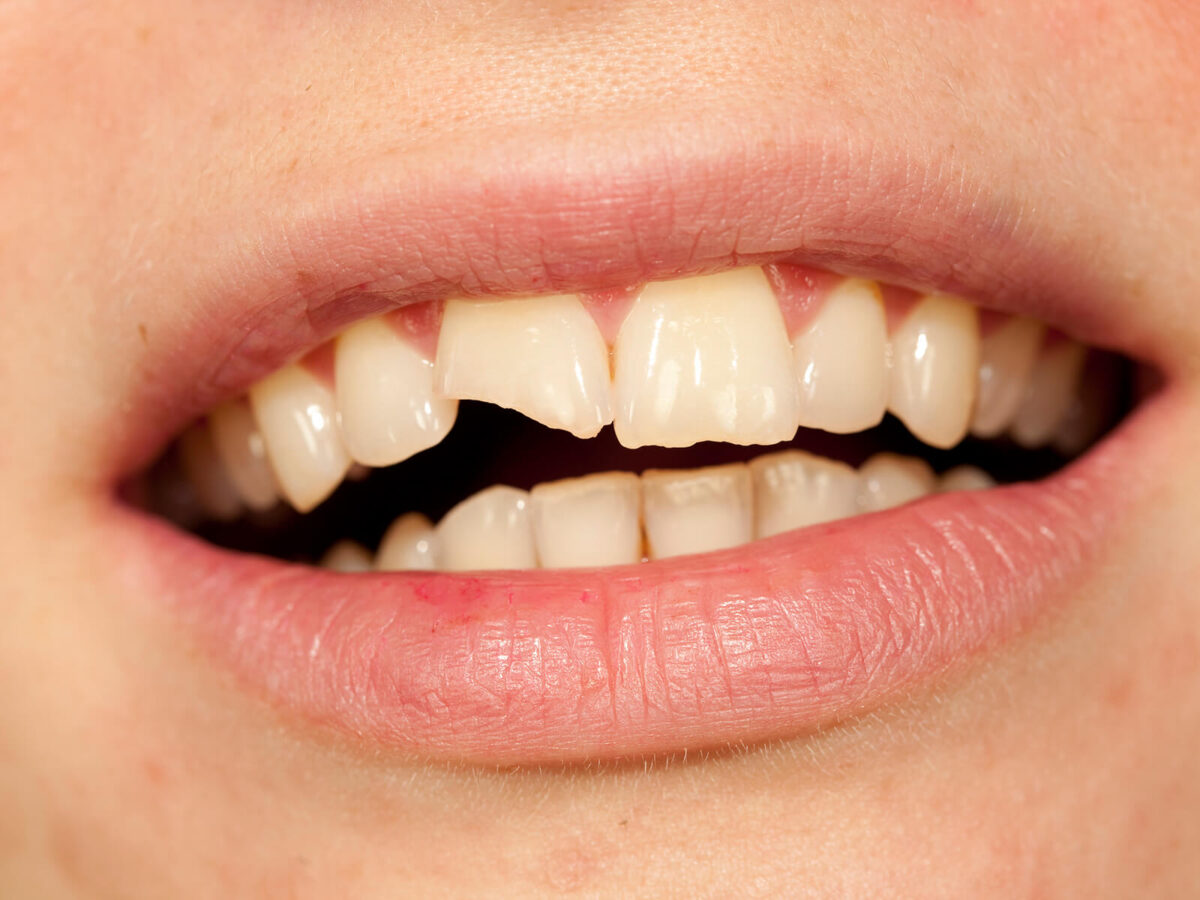Blog
Dental hygiene tips for healthy teeth & gums

How A Cosmetic Dentist Can Fix Your Chipped or Cracked Teeth
The pain sometimes entailed by a chipped or cracked tooth can be both physically hard and emotionally stressful. Although this is possible now with the up-to-date cosmetic dentistry technologies, there is the option of hiding imperfections. In this piece, we are going to discuss how a qualified cosmetic dentist can restore your smile and your self-esteem through a simple process of treating your chipped or cracked teeth.
Understanding Everything About Chipped and Cracked Teeth
Fractured or cracked teeth can be due to diverse factors, for instance, sudden trauma, chewing on hard objects, or tooth decay. These problems do not only affect the look of the smile but can also cause qualified sensitivity and pain and also trigger other dental problems if they remain unattended. However, immediate dental consultation should be sought to forestall complexities and restore dental growth.
Initial Assessment and Diagnosis
When a dental cosmetologist examines the problem, the very first thing he does is have a thorough inspection. This can be done in the form of direct inspection or with the aid of X-rays or scans to evaluate the extent of the damage. As a result of the conducted examination, your dentist will provide you with recommendations for the proper treatment plan, elaborated and clarified by the specific features of your case.
Main Treatment Options for Chipped Teeth
1. Dental Bonding: Minor chips can be treated with an easy dental bonding procedure, which is the right choice. The dentist lays the composite resin directly on the chipped area, using the dental tool to apply the resin to the teeth, leaving no tooth gap. By using this technique, the dentist can complete the job in no time, the patient won’t feel any pain or discomfort, and this can make a tooth look several years younger.
2. Porcelain Veneers: Veneers are thin sheets of translucent material customized to cover the front part of teeth. They are one of the best alternatives for restoring more significant patches and making the teeth more appealing. Veneers not only mold the tooth back to its proper shape but also give it that nice white shade and even out its alignment.
3. Dental Crowns: When a chuck or a fracture interferes with the tooth’s overall structure, there might be a need for a crown to be installed. Crowns are fixed, cap-like dental prostheses that strengthen, improve functionality, and give the aesthetic appearance to a tooth encasing the entire tooth.
Treatment Options for Cracked Teeth
1. Dental Bonding: Just like a chipped tooth, a dental bonding procedure is usually used for minor cracks to prevent tooth decay. The resin material, which can be colored to match the natural tooth color, fills the opening and stops the damage from going further while simultaneously preserving and improving the look and the aesthetics of the teeth.
2. Dental Crowns: A dental crown provides the highest level of protection and reinforcement for the tougher and deeper cracks that cause damage that threatens the tooth. The crown reverses the damage to the tooth structure, and the crack will not progress.
3. Root Canal Therapy: Dental procedures can repair a crack that affects the enamel and dentin layers. This treatment consists of two stages: removal of affected/infected tissue, cleaning the tooth, and placing a crown (restoration of tooth function and cosmetic appearance).
The Benefits of Cosmetic Dentistry for Chipped or Cracked Teeth
- Improved Aesthetics: With aesthetic dentistry, you can restore the natural aesthetics of broken or chipped teeth, greatly enhancing your smile and boosting your self-confidence.
- Enhanced Function: Repairing damaged teeth through filling and crowns helps in comfortable biting and chewing, aiding you to enjoy your favorite foods without pain or inconvenience.
- Prevention of Further Damage: Early treatment of broken or cracked teeth reduces the onset of other dental complications, such as tooth decay, infection, or tooth loss.
Conclusion
A savvy cosmetic dentist is capable of working out any abnormality and helping you get your regular dental health back. The chipped or cracked scenarios cause a huge difference. Dental bonding, veneers, crowns, and root canal treatment (RCT) are examples of the most widely used professional methods to fix the most common dental issues. Don’t let the damaged tooth bridge your charming smile- visit a cosmetic dentist who will cheer you up with the best smile covering the damaged teeth.


